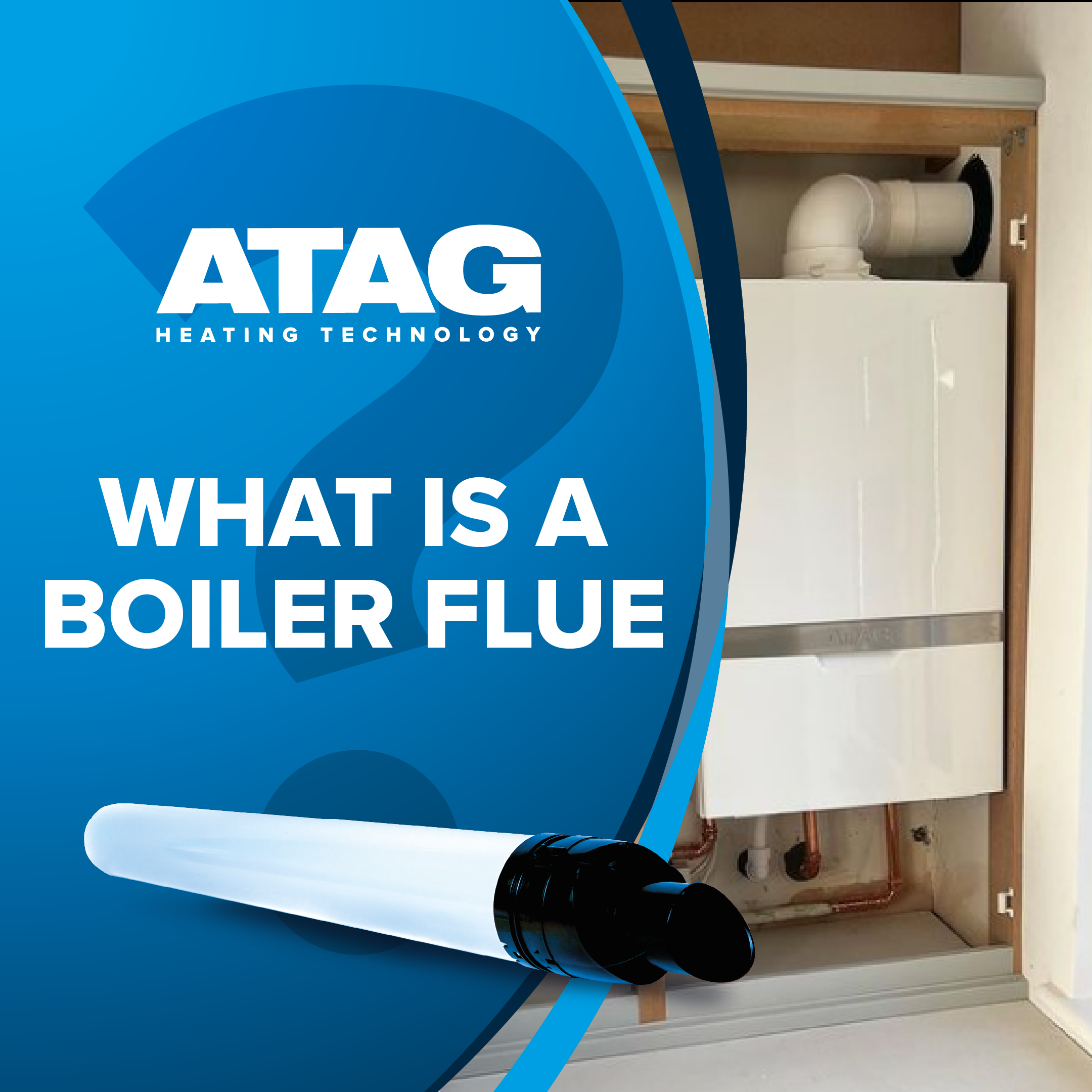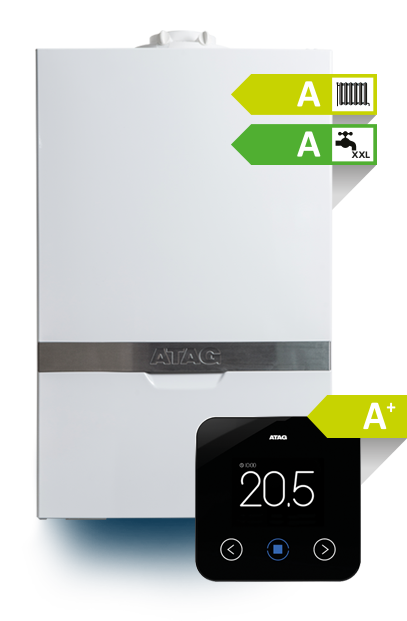
What is a Boiler Flue?
A boiler flue is a large pipe or duct that carries the combustion gases produced by a gas or oil-fired boiler to the outside of a building. They are often connected to the top or the back of your boiler and terminate on an external wall or roof. If you have a combination, system or regular boiler that runs on natural gas, LPG, or oil, your boiler MUST have a flue fitted to ensure it complies with the relevant Gas safety regulations.
How does a Boiler Flue work?
A boiler flue works by allowing air into the boiler for combustion while expelling the by-products of the combustion process to the atmosphere outside. They work like a car exhaust pipe. When you are driving a car, the exhaust pipe removes all harmful gases a car produces. In contrast, a boiler flue works the exact same, it removes all harmful gases your boiler produces. The main by-products that are emitted from a boiler flue are carbon monoxide and water vapour.
During operation, boilers produce carbon monoxide, but the level is within the safe range permitted by laws and regulations. It is possible for the CO levels to exceed the 'safe' level if the boiler is not burning correctly.
Carbon monoxide is a colourless and odourless gas, which can cause carbon monoxide poisoning in extreme circumstances.
Symptoms include, but are not limited to:
- Dizziness
- Headaches
- Nausea
- Falling unconscious
In the event your boiler may become faulty and potentially leak carbon monoxide into your home please contact a Gas Safe registered engineer. It is important to remember to have your boiler serviced annually by a Gas Safe registered engineer!
To find a Gas Safe Registered Engineer, you can use the Gas Safe Register’s handy tool ‘find an engineer.’
It is imperative to have a carbon monoxide alarm fitted in your home to detect carbon monoxide gas in the unlikely event your boiler is emitting this harmful gas into your property. From October 2022, it became mandatory that all rented properties in England have a CO alarm installed in all rooms with fuel-burning appliances. While it is not required to have one in a property you own in England, it is strongly recommended. CO alarms became mandatory in all Scottish homes with fuel-burning appliances beginning in February 2022. It applies to all homeowners, not only those who rent their properties.
If you are uncertain whether a CO alarm is a legal requirement in your country, please consult your local government website for more information.
A modern condensing boiler can use the heat produced in the by-products of combustion to increase the boilers efficiency. The water vapour that is produced by the combustion process condenses into liquid water, releasing the latent heat allowing the boiler to extract more heat from the fuel burned.
Since 2005 it has been a legal requirement across the UK for all newly designed, modern domestic boilers to be condensing boilers.
Where can I find my Boiler Flue?
You can typically locate your boiler flue on an external wall closest to where your boiler is installed. In some cases, the flue is run vertical and can be seen situated on the roof. You may see steam emitting from your flue on a cold day when your boiler is running. This is lost heat escaping from the boiler in the form of by-products from the combustion process.
Flues for modern boilers are room sealed, meaning they are not open to the room in which they are fitted. The flue will be in either a horizontal or vertical configuration.
Vertical flues
Normally, a boiler is installed on the inside of a wall matching an external wall. In the case of this not being possible, a vertical flue will be used. If this is the case, a vertical flue will exit onto your roof - like a chimney. If a vertical flue is to be installed, a roofing contractor may fit part of the flue to ensure that the flue has been properly sealed.
Horizontal Flues
In the UK, horizontal flues are the most common type of flue installed. A horizontal flue comes out of a wall horizontally. It is important to check your boiler flue to ensure that leaves or other debris are not blocking the flue terminal, this can be dangerous as the combustion of the boiler is then compromised. Although it is not the hardest task to remove leaves from a boiler flue, if you are uncomfortable doing this or the task is more complicated, ensure that you get a fully qualified Gas Safe Engineer to do this for you.
Related read: Why is it important to ALWAYS use a Gas Safe Registered Installer? (atagheating.co.uk)
Boiler Flue Requirements
The boiler flue should be installed by a registered gas safe engineer and be fitted as per the manufacturer’s instructions. The location of a horizontal flue is key to protecting you, your neighbours and anyone around you. There are strict distances your boiler flue terminal should be situated away from openings and obstructions, which can be found within the manufacturer’s instructions. Boiler flues should also be sealed securely both internally and externally to stop products of combustion from entering the building.
Boiler & Flue Maintenance
At your annual boiler service your Gas Safe Registered engineer will check that your boiler and the boiler flue are working safely and efficiently.
Looking to upgrade your boiler? Check out our range of Energy Efficient boilers and find one that fits your home perfectly!
.png?width=250&height=76&name=ATAG%20Logo%20(72dpi%20RGB).png)
